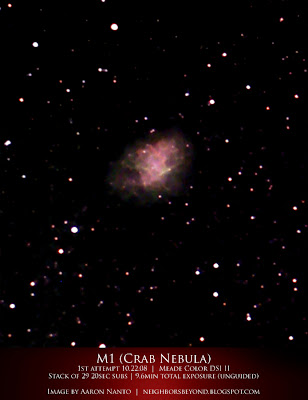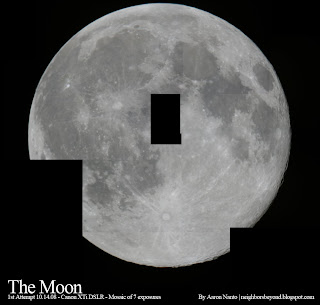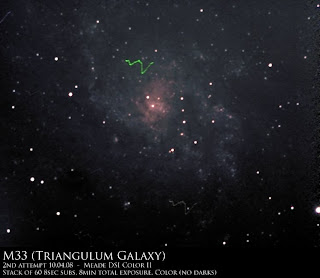Lots of stuff going on this past week in Space related news:
9/29/08 - Critical Failure On Hubble Space Telescope Causes Shuttle Delay
A critical equipment failure aboard the Hubble Space Telescope on the eve of a long-awaited fifth and final shuttle servicing mission put astronomical observations on hold and forced NASA managers to delay the mid-October flight of Atlantis (
STS-125). Assuming the Hubble mission is, in fact, delayed to next year, NASA will press ahead with launch of the shuttle Endeavour (
STS-126) on a space station assembly mission around Nov. 14, two days earlier than currently planned.
9/28/08 - Finally A Successful Launch For The Falcon 1 Rocket!
The Falcon 1 booster redeemed itself Sunday with an electrifying launch that put an exclamation point on six years of hard work and disappointment for
SpaceX, a
startup company chartered to revolutionize space travel. The 70-foot-tall rocket successfully delivered a 364-pound hunk of aluminum nicknamed "
Ratsat" to orbit on the launcher's fourth flight, ending a streak of three consecutive Falcon 1 failures dating back to 2006.
SpaceX touts the Falcon 1 as the first privately-developed liquid-fueled rocket to successfully reach orbit.
9/28/08 - China Is Heating Up The Space Race
Three Chinese astronauts blasted off on the country's third human space voyage and have returned safely to Earth, ending a mission that included the Chinese space program's first spacewalk. China currently three missions planned for 2010 which will demonstrate how to assemble a small space station.











